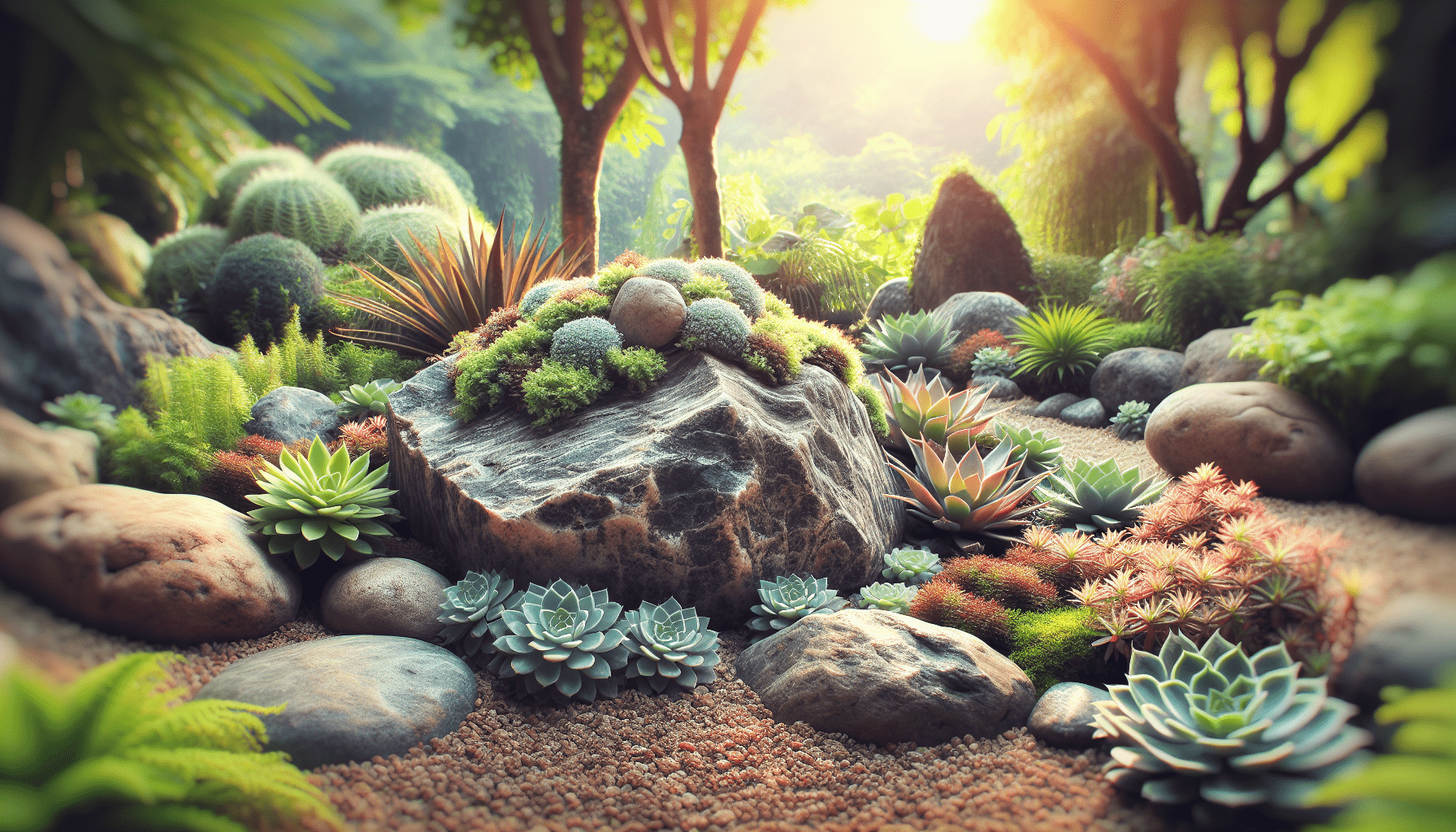How To Design A Rock Garden

Creating a serene and stunning rock garden can transform your outdoor space into a tranquil retreat. In "How To Design A Rock Garden," you'll discover a step-by-step guide to crafting the perfect rock garden, from selecting the right stones and plants to arranging them in a harmonious layout. You’ll learn essential tips on soil preparation, drainage, and design principles that ensure your rock garden is both beautiful and low-maintenance. Ready to get started on your garden oasis? Let’s dive into the details and unleash your inner landscape architect! Have you ever looked at your yard and thought it could use a little more charm and tranquility? If so, designing a rock garden might be the perfect project for you! Whether you're an experienced gardener or a curious beginner, creating a rock garden can be both a fun and fulfilling endeavor.
In this article, "How To Design A Rock Garden," we’ll guide you through every step you need to take to create your haven of serenity. Let’s break it down so it's easy, enjoyable, and truly rewarding.
What Is a Rock Garden?
Before diving into the how-to, let's get a clear understanding of what a rock garden actually is. Essentially, a rock garden (or rockery) is a garden that features an array of rocks, stones, and boulders, interspersed with a variety of carefully chosen plants. This combination can create a naturalistic, rugged landscape that adds texture and dimension to your outdoor space.
Benefits of a Rock GardenRock gardens are more than just aesthetically pleasing. They come with a suite of advantages:
- Low Maintenance: Once established, rock gardens require minimal upkeep.- Drought-Resistant: These gardens thrive in dry conditions, making them ideal for areas prone to drought.
- Enhanced Curb Appeal: A well-designed rock garden can significantly boost the visual appeal of your property.
- Versatility: They can fit into any landscape, whether you have a small yard or a sprawling estate.
- Sunlight: Most rock garden plants require full sunlight. Choose a location that gets at least 6 hours of sun daily.
- Drainage: Good drainage is essential. Avoid areas where water tends to pool.
- Visibility: Place your garden where it can be easily admired, either from within your house or from a patio.
- Anchoring: Place the largest rocks first, as they will serve as anchors for the design.
- Grouping: Group smaller rocks around the larger ones to create a cohesive look.
- Depth: Partially bury some rocks to make them look naturally embedded in the ground.
- Base Layer: Start with a base layer of coarse sand or gravel to improve drainage.
- Soil Layer: Add a mix of garden soil, sand, and compost.
- Top Layer: Finish with a layer of fine gravel or small stones. This helps to retain moisture and keep weeds at bay.
- Height: Place taller plants towards the center or back.
- Color: Mix different leaf and flower colors for visual interest.
- Texture: Combine plants with varying textures for depth and dimension.
- Bloom Time: Choose plants that bloom at different times to ensure year-round interest.
- Spacing: Don’t overcrowd plants; give them room to grow.
- Watering: Water thoroughly after planting to help plants establish roots.
- Mulching: Use a light layer of gravel to mulch around plants to reduce weed growth and retain moisture.
- Weeding: Remove weeds regularly to prevent them from taking over.
- Watering: Although rock garden plants are drought-tolerant, young plants will need regular watering.
- Pruning: Trim back plants as needed to maintain shape and remove dead material.
- Seasonal Care: Continually assess and address the needs of your garden through the seasons. For example, in winter, you may need to protect tender plants with mulch or coverings. Common Problems and Solutions Problem Solution Poor Drainage Make sure your base layer of sand or gravel is adequate Pests Use natural remedies or protective barriers Overgrown Plants Regularly prune and thin out plants Weeds Use gravel mulch and weed regularly
Conclusion
Designing a rock garden is an endeavor that combines creativity, planning, and a love for the natural world. With thoughtful selection of rocks, meticulous soil preparation, and a keen eye for plant choice and placement, you can transform any space into a stunning rock garden oasis.
Take your time with each step, enjoy the process, and don't be afraid to make adjustments as you go. Gardens are ever-changing, so allow your rock garden to evolve and grow with you. Happy gardening!
https://homegardenadvisor.shop/how-to-design-a-rock-garden/
Comments
Post a Comment